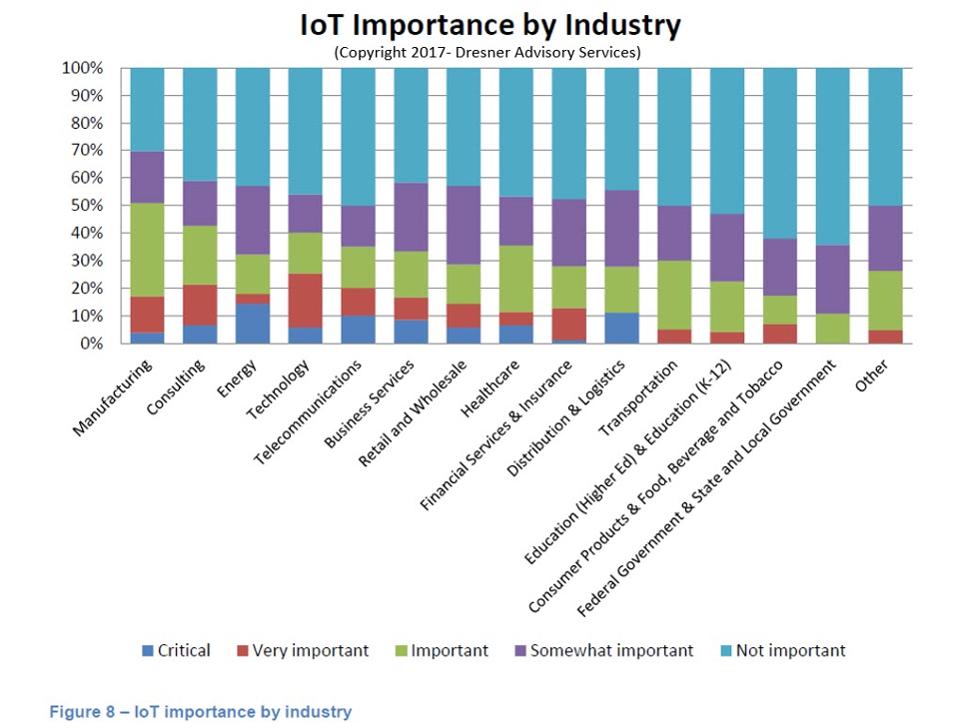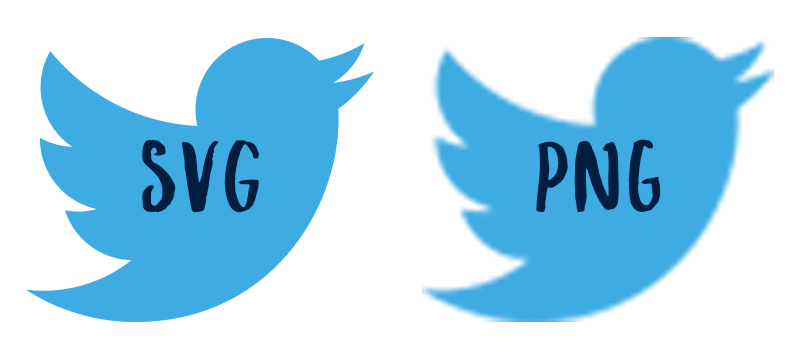Web Development: The Results of the 2017 and What’s Waiting for Us in 2018
It’s the end of the year and what a year it has been! Every day seems to bring more and more innovations. Just at the WebSummit 2017, there were over 2,000 startups that talked about the digital world and how business and approaches are transforming daily.
What were the trends of 2017 that affected our lives and what should we be ready for in 2018?
Artificial Intelligence, Machine Learning, & Robots on the Rise
Artificial Intelligence is certainly not a new word for most of us. If we think of the ancient myths and fairy tales we’ve read as kids, there were often artificial beings that were bestowed with intelligence by their creator.
The AI as we know it (or got used to, from all the science fiction books and movies as well as the current news) got a boost in the 1950s and then again in the 2000s when the world wide web started to offer a lot of the information online and the world became digitized.
The basic (speaking in relative terms here) AI example is widely used Facebook photo tagging. Image and facial recognition are a part of the AI’s machine learning features.
In 2016, the AI started to write poetry (it was weird, speaking personally, but hey, tastes differ) and now there are also AI web designers. Molly is the Grid’s designer who helps the users create their website with the best UX and UI practices in mind and who’s available 24/7.
2017 also was the year when the first non-human woman was made a citizen. Sophia the Robot was bestowed this honor by the Saudi Arabia’s government. In one of the interviews at the WebSummit 2017, she said she was delighted but at the same time surprised that she wasn’t accepted as a citizen of the world, yet a country with strict gender rules has welcomed her with arms wide open.
Bots – Putting AI and Machine Learning to Work
Back in 2016, Microsoft’s CEO Satya Nadella has boldly declared “Bots are the new apps.” In 2017 they have started to shine, as businesses around the globe realized the potential hidden in these little powerful instruments.
What used to feel like talking to a little child who is learning a new language now feels like talking to a person. Bots are getting more personalized and provide a much better user experience, whether it’s Poncho, a weather bot who tells you the weather and shares jokes, or Dinner Ideas, a bot that helps you decide what’s for dinner based on your fridge’s contents.
During the conversations with users, the bots learn from human language and adapt to it naturally. However, it’s both a blessing and a curse. Microsoft has learned it the hard way when they have launched a bot named Tay, who learned sexist and racist slurs from the users it talked to. Oh well, things didn’t go as planned.
Internet of Things – Business and End Users
The top four industries that adopt IoT on a wide scale are manufacturing, consulting, business services, and distribution & logistics. It can be explained because these are the industries in which revenue growth is often hard to achieve and the Internet of Things technologies can provide a competitive advantage. Just think of all the tracking possibilities now for packages via drones.

From the needs and most-requested instruments, the businesses placed the most importance on Business Intelligence (BI), namely, the features like dashboards, reporting, advanced visualization, and other. The main objective that businesses place here is improved decision-making. The enhanced customer experience is also on the list of top 5.
In terms of the end-user relationship with IoT, people are getting used to the fact that you can turn on the vacation setting on your fridge when you’re away from your mobile phone or ask your Amazon Echo speaker to order you an Uber.
Static Site Generators
If we are talking about the actual web development as in websites and such, static site generators like Jekyll or Hugo certainly became the game changer in 2017. Well, okay, in a way, it’s going back to the first sites that were published in the WWW, but only much better.
Static site generators allow creating a website without a database, instead of running from files on your servers. The advantages of such an approach are shorter loading time, better security, and much easier deployment of templates and content.
It’s not ideal, however, because static sites require additional efforts to integrate real-time content (like user comments) with this type of sites.
JavaScript and the Great Battle of Angular vs React
JavaScript is the hottest web development trend of 2017 and it will continue to capture more and more evangelists. The frameworks and libraries of JavaScript are quite flexible and powerful and currently, there are two frameworks that are like Samsung and Apple, going back and forth.
The army of React fans is almost as big as Angular’s, but we’ll see how that pans out in the coming year.
Another potentially big player in this competition is VueJS.
SVGs Taking Over
With retina and ultra-high definition screens taking over the computers and mobile phones alike, making sure that your website or app looks great on any resolution is a must.
Conventional image formats, like jpg or png, can somewhat perform the task, but they are losing to the SVGs. These vector files are resolution independent and therefore look awesome on all devices.

Motion Design – Interactive Simplicity
Not a new trend of 2017, but it was the year of motion design gaining momentum. People crave simpler interfaces, but at the same time not at the cost of interactivity. Motion design helps to bridge these two, helping users to understand the flow between the actions using animation.
An added bonus: if it’s done properly and optimized for speed, motion design animations can make the user feel like the app is faster.
Want to receive reading suggestions once a month?
Subscribe to our newsletters